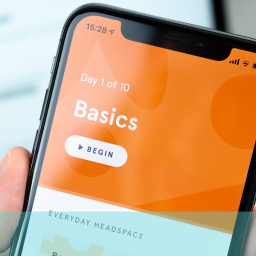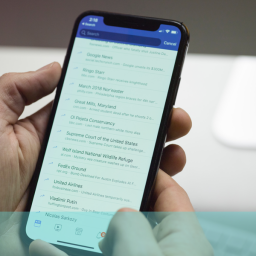
Is browser selection driven by device choice?
2014 proved to be another eventful and interesting year in the mobile user market. Of course there were major events such as the launch of Apple’s i-phone 6 and 6 plus but there were significant movements in the marketplace generally. For example, 2014 was the first year that mobile e-commerce exceeded desktop with 50.3% of online visits coming via mobile devices (including tablets) in August of last year. Many commentators saw the year as a watershed for e-commerce – and mobile sales in particular – with significant rises in both especially around the Black Friday and Xmas focal points.
Percentage of online e-commerce traffic – August 2014
- Mobile phones – 3%
- Tablets – 10%
- Desktop – 7%
It is interesting and instructive to look at some of the trends for the year in detail as this is the potential market that website owners need to target and design for with their current and future web offerings.
While Safari, Android browser and Chrome continue to dominate the mobile browser market there have been some significant and relevant trends in market share. Safari has seen their slice of the market dwindle from 54% to 44% from February to December and Android browser has suffered a similar decline moving from 24% to under 17%. The major gainer from this has been Google Chrome which continues its relentless penetration on all platforms, almost doubling its market share here from 12% to just under 24% in less than a year. From a much lower baseline Opera Mini has also seen a similar steep rise from 4.7% to 9.5%. With Apple mobile sales continuing to outstrip expectation though, Safari is likely to continue as an important player in the mobile browser market and this should be borne in mind when designing and developing for mobile and tablet.
Perhaps another factor in the rise of Chrome on mobiles is what appears to be an almost direct swap in market share between Chrome and the Android OS browser in the last six months of the year. The Safari fall had already happened by this point so it is reasonable to assume that this was a case of Chrome penetrating the Android market and stealing market share from the stock Android browser. The fact that Safari and the Android browser are automatically installed on mobiles and tablets and specifically developed for that platform means that users are actively choosing to switch to Google Chrome which is a powerful message from the market. It is therefore likely that this trend is set to continue throughout 2015 and probably beyond.
A quick look at the Operating system share trend tends to confirm this observation and the likely causes with Apple’s iOS falling in the first half of the year from 54% to 44% (exactly the same figures as their browser share) and then stabilising in the second half.
Operating system market share 2014
- Android 46%
- iOS 43%
- Java ME 5%
- Symbian 3%
The release of the iPhone 6 in September might have had something to do with arresting the decline in the Safari figures but, despite the Android OS now being the most prevalent, the Android stock browser continues to lose ground. So, while Chrome might not be the best mobile browser, it is certainly the fastest growing – though Apple and Microsoft are not likely to just stand by and let it dominate without a fight.
If you want to stay up-to-date with what is going on the mobile user market and ensure that your ecommerce site keeps competitive, why not call us free on 08000 246 247 or drop us an email at hello@ux247.com.

















